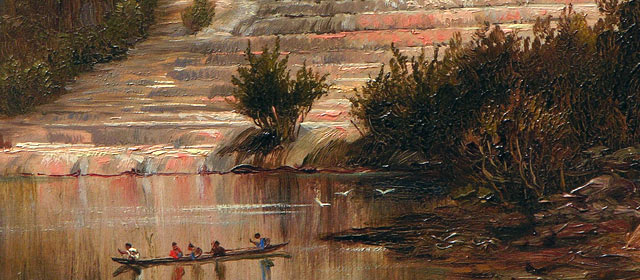Story summary
The 19th century
New Zealand’s first tourist attractions were the thermal areas of the central North Island.
Tūwharetoa chief Horonuku Te Heuheu made an agreement with the government about Tongariro, Ngāuruhoe and Ruapehu mountains. They became the basis of Tongariro National Park.
Pākehā tourists began visiting the hot springs around Rotorua. At first the thermal areas were controlled by local Māori, who earned plenty of money from tourists. Some Māori tour guides became well known.
The main attraction was the Pink and White Terraces, but they were lost in 1886 when Mt Tarawera erupted.
Shift in power
By the end of the 19th century the government had bought most of the land containing thermal springs. The government began to control tourism. Māori became employees, or were put on show to display Māori culture.
Māori culture
Māori art and performance have often featured in tourism. Some buildings were carved especially for tourists, and kapa haka concert parties travelled overseas to perform.
The Māori Arts and Crafts Institute was set up in Rotorua in the 1960s to train carvers and weavers. Tourists could visit and buy the products.
The toi iho trademark was developed to identify authentic, high-quality Māori arts and crafts.
Resurgence of Māori tourism
In the early 2000s many international visitors were interested in Māori culture. In 2006 more than half a million tourists experienced Māori cultural activities during their visit.
Rotorua was still the centre of cultural tourism, but other Māori tourist businesses had been set up around the country. Many were small and family-run. Businesses included Whale Watch Kaikōura, a replica Māori village near Rotorua run by Tamaki Tours, and kayaking, jet boating and glacier trips in the South Island operated by Ngāi Tahu Tourism.





